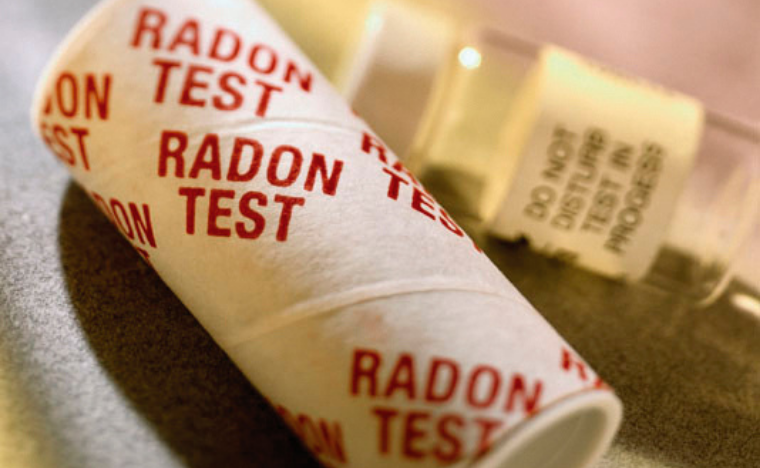What is Radon Gas?
“Each year in the UK over 2000 people die from lung cancer, developed as a direct result of exposure to Radon. The gas accounts for the second greatest number of lung cancer cases in the UK, second only to smoking.” UK Radon Association.
Radon is a colourless, odourless radioactive gas. It is formed from the naturally-occurring uranium in all rocks and soils, and as it decays, it rises up through the ground and into the air.
How does Radon enter the home?
Radon gas seeps up through the ground and enters properties through small cracks and gaps in floors and walls formed during and after construction. If your property is built on soil affected by Radon, the gas may rise into the building where it can become trapped and cause damage to your health.
Why is Radon harmful?
Prolonged exposure to high levels of Radon gas causes lung cancer. The radioactive elements formed by the decay of Radon can be inhaled and enter our lungs. Inside the lungs, they continue to omit radiation and cause local damage, which can lead to lung cancer.
The Health Protection Agency estimates that an increase in Radon concentration of 100Bq/m3 in a property increases an occupant’s risk of lung cancer by up to 31%. The current action level for radon is 200 Bq/m3. The Health Protection Agency (HPA) recommends that householders with concentrations above the action level (200 Bq/m) should reduce their radon concentrations as far as they can and ideally to below the target level (100 Bq/m).
Is my home at risk?
Radon maps show the areas in the UK that are at risk. These have been updated in recent years and are now far more accurate. The maps are just a guide and testing your home is the only way to be certain of the Radon risks. Homes that have basements or cellars and those built into hillsides are at higher risk of Radon as they have more contact with the ground which allows Radon to enter the property. Even if your home is located in a low-risk area, if it falls into this category then it’s likely that it will be ‘high risk’.
If you live in a new-build property, it’s very likely that Radon protection measures will have been built into the design, preventing the gas from entering your home. If you live in an existing home or have recently bought a new home, it’s important to find out if any Radon testing has been carried out by the previous owner and, if possible, request a copy of the results report. If not, arrange for your home to be tested, especially if your home has a basement or cellar or is built into a hillside. Radon tests are available from many online resellers, such as Amazon or through Radon remediation companies.
What should I do if my Radon levels are high?
There are three standard methods for reducing and controlling Radon levels in the home. One of the recognised methods is the installation of a Positive Input Ventilation (PIV) system inside your home. PIV is an unobtrusive and cost-effective ventilation system that reduces and maintains low Radon levels. It’s suitable for Radon levels up to 500 Bq/m3.
The good news is that a PIV system can be installed in a new-build property or an existing home. Nuaire’s Drimaster-Eco range is designed for homes with lofts, while the Flatmaster range is for homes without lofts, including basements and cellars.
Nuaire invented the PIV process over 50 years ago and today it’s not only a proven method of curing condensation and mould problems, but a trusted means of reducing Radon levels with minimal building work.
How does PIV reduce Radon levels?
Positive Input Ventilation works by combining two effects: pressurisation and dilution.
PRESSURISATION. PIV increases the air pressure within the property so less Radon is able to enter. If you property is totally airtight then this pressure alone would be enough to exclude any Radon. Making your home completely air-tight is very disruptive and impractical, and fortunately it is not necessary for PIV to reduce Radon levels. Even limited pressurisation can significantly slow the rate at which Radon enters the home.
DILUTION. PIV increases the ventilation in your home which dilutes any Radon that still enters the building despite the positive pressurisation effect. If the ventilation is doubled then the average indoor Radon rate will be halved.


